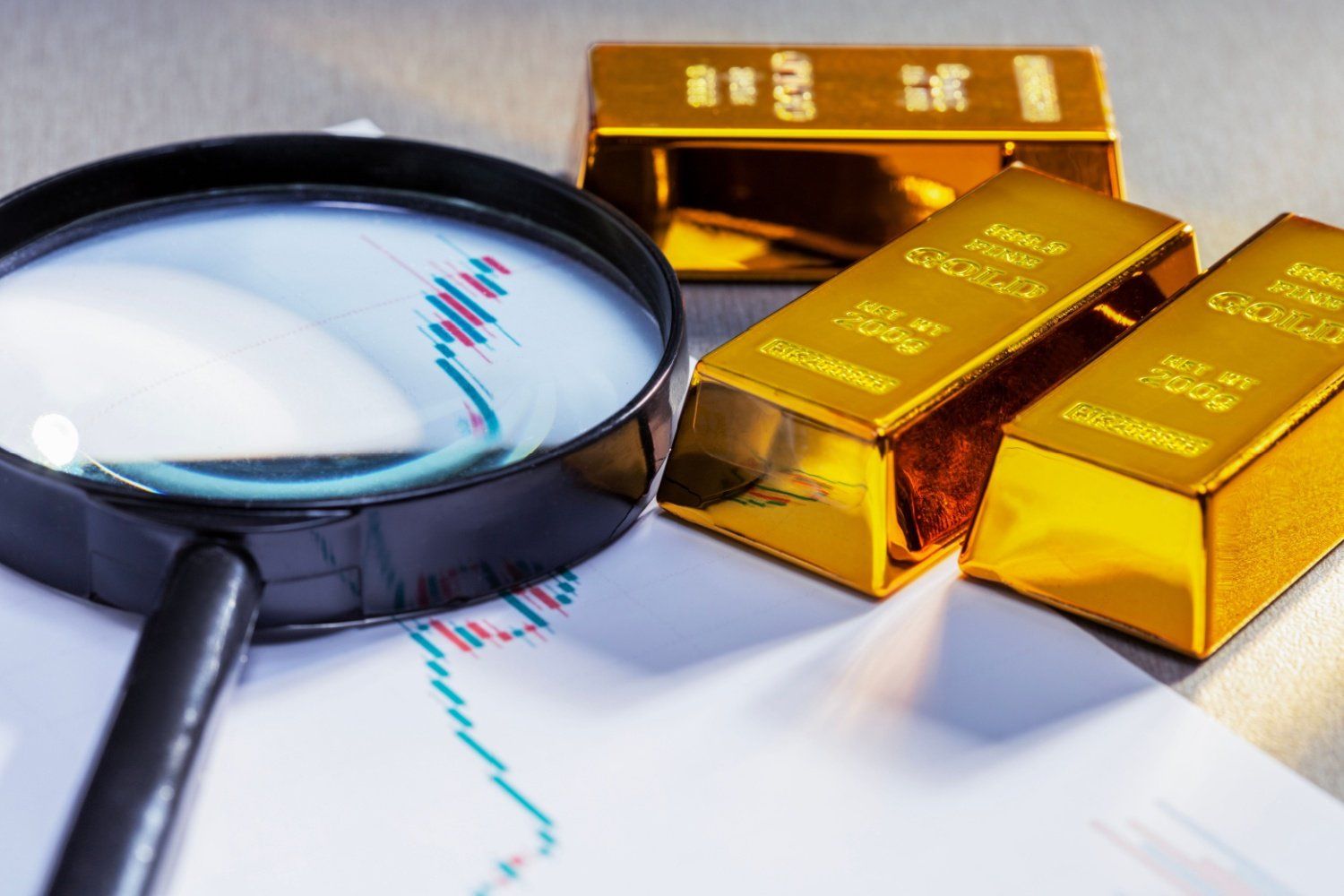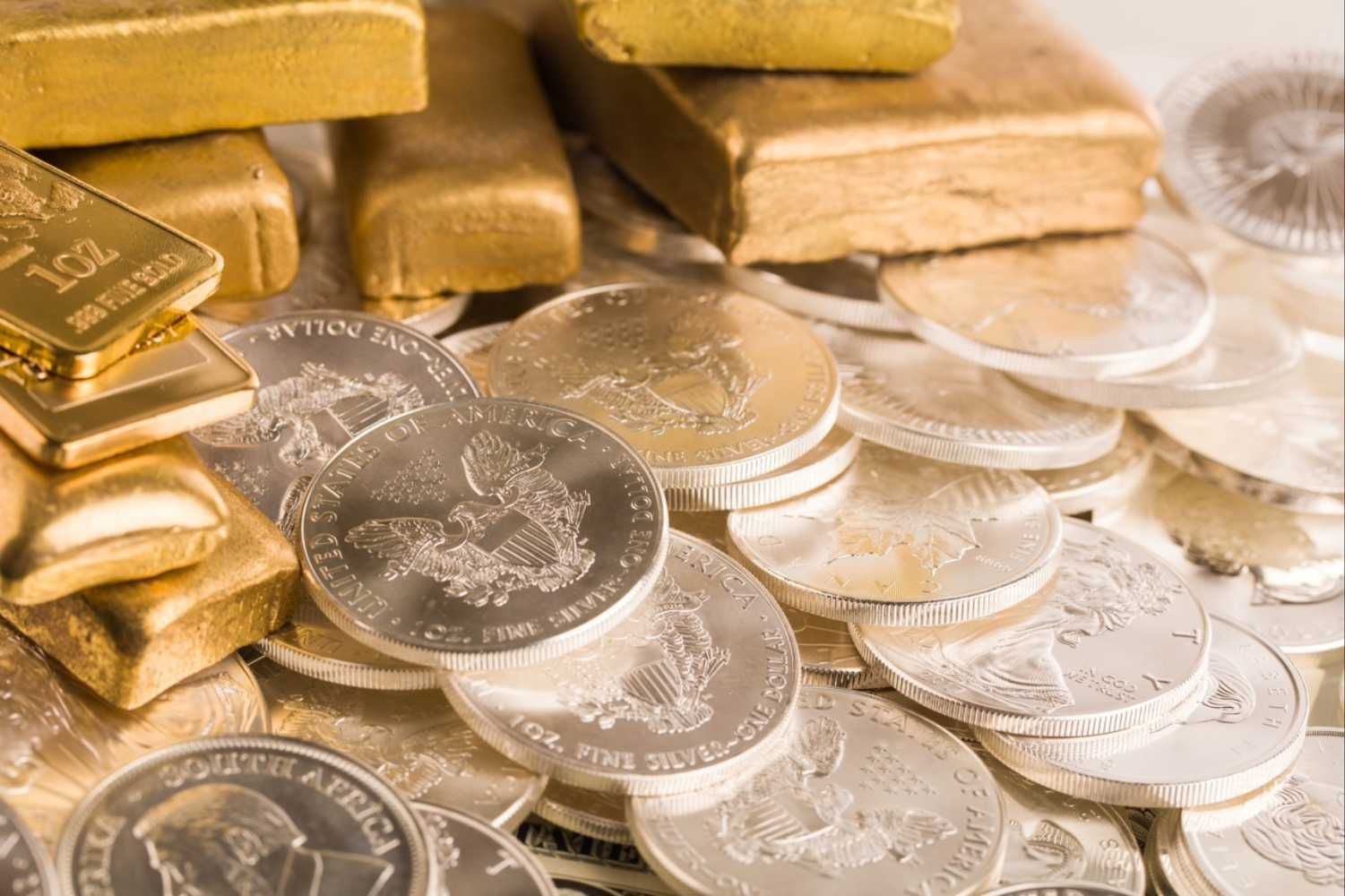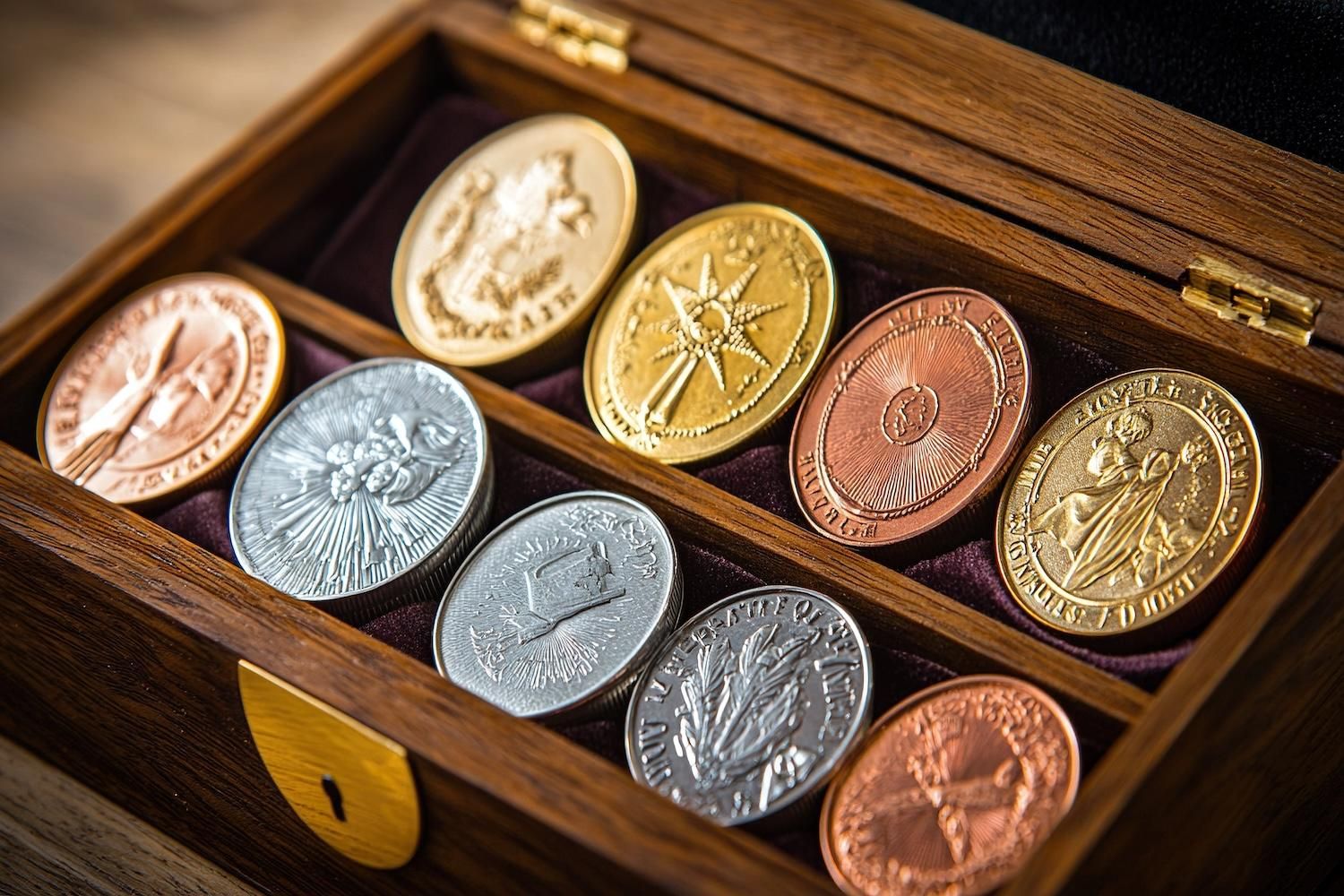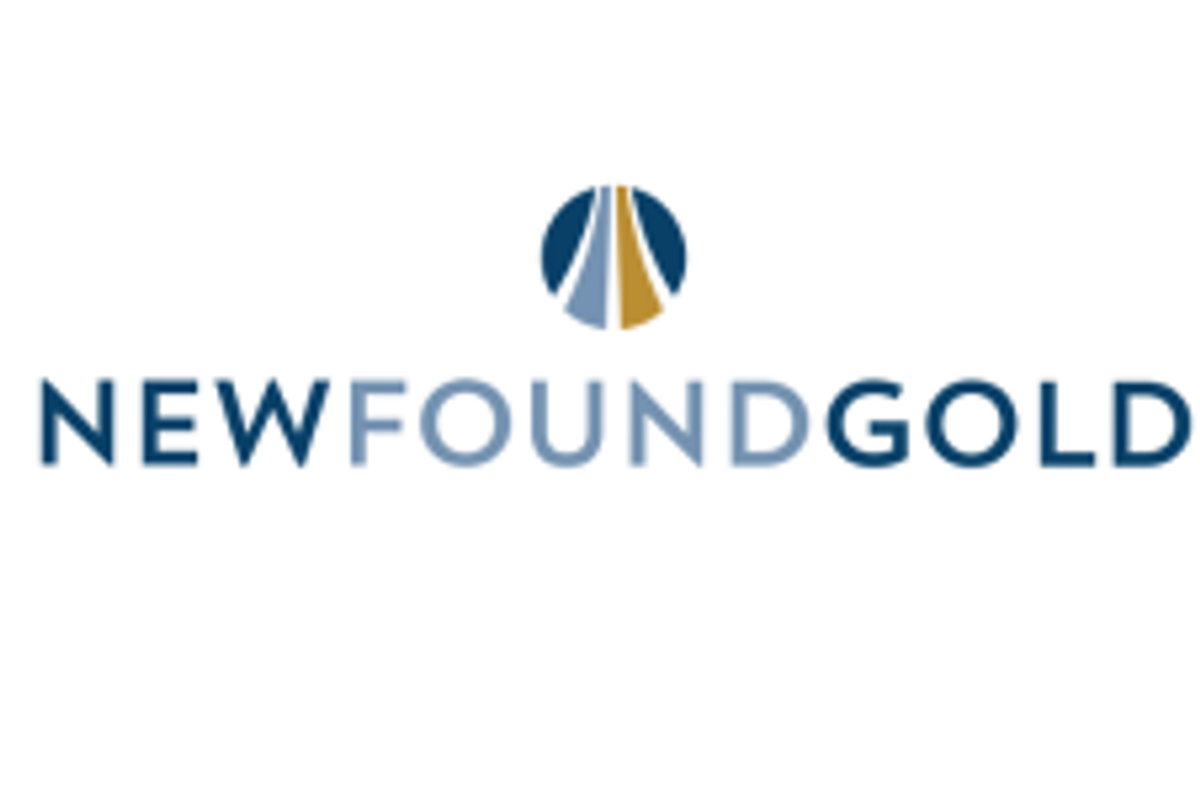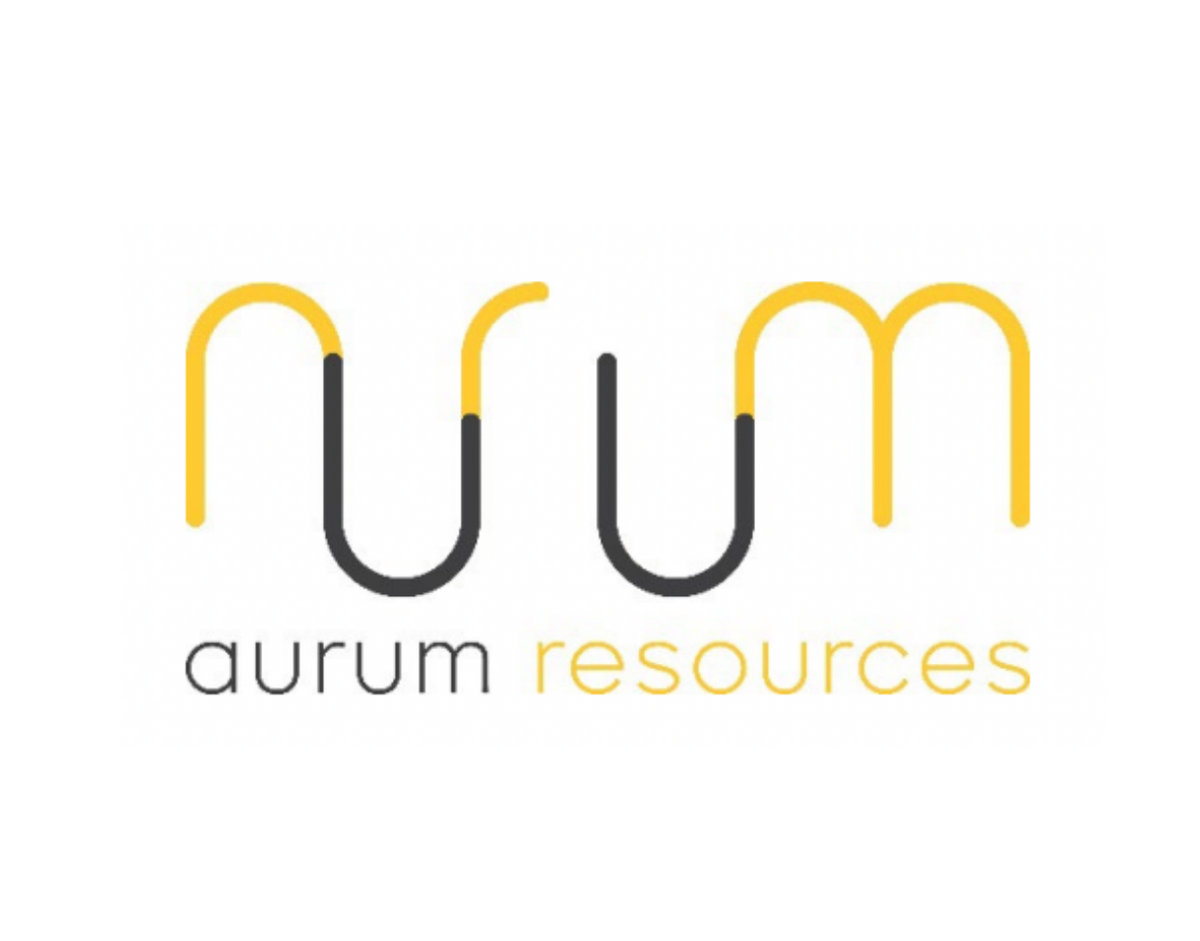
July 22, 2024
Aurum Resources (ASX:AUE) offers a compelling value proposition by primarily focusing on gold through its flagship Boundiali gold project located in Côte d’Ivoire, West Africa. Côte d'Ivoire's gold mining sector is experiencing significant growth and development as its political, legal, tax and operational risk metricsout performs most developing countries in the world.
The Boundiali gold project in Cote d’Ivoire is located within the Boundiali Greenstone Belt, which hosts Resolute’s Syama gold operation (11.5 Moz) and the Tabakoroni deposit (1 Moz) in Mali. Neighbouring assets also include Barrick’s Tongon mine (5 Moz) and Montage Gold’s Kone project (4.5 Moz).

The Boundiali gold project comprises four contiguous granted licenses: PR0808 (80 percent interest), PR0893 (80 to 88 percent interest), PR414 (100 percent interest), and PR283 (70 percent interest).
Company Highlights
- Aurum Resources is a precious metals company with exploration prospects in the same greenstone belt as the Syama (11.5 Moz), Sissingué (1.0 Moz), Tongon (5.0 Moz) and Kone Gold (4.5 Moz) deposits of West Africa.
- Upcoming catalysts include a maiden mineral resource estimate expected to be completed by the end of 2024. The company believes mineralization is open at depth and along strike and highlights the existence of numerous gold mineralization targets within the large land holding of Aurum’s Boundiali Gold Project.
- Aurum operates its own drill rigs, allowing the company to significantly reduce its exploration costs relative to peers.
- Management has a track record of creating value for shareholders from exploration through to project development, mine construction and gold production.
- Strong leverage to increasing gold prices that will benefit from a declining interest rate environment and rising global geopolitical risk factors.
- Well funded for greater than 12 months and over 100,000 metres diamond drilling programs and metallurgical study
This Aurum Resources profile is part of a paid investor education campaign.*
Click here to connect with Aurum Resources (ASX:AUE) to receive an Investor Presentation
AUE:AU

Sign up to get your FREE
Aurum Resources Investor Kit
and hear about exciting investment opportunities.
- Corporate info
- Insights
- Growth strategies
- Upcoming projects
GET YOUR FREE INVESTOR KIT
The Conversation (0)
04 September
Aurum Resources
Game-changing gold exploration at prolific Côte d’Ivoire, West Africa.
Game-changing gold exploration at prolific Côte d’Ivoire, West Africa. Keep Reading...
18 December
More high grade gold intercepts at BMT3 in Boundiali
Aurum Resources (AUE:AU) has announced More high grade gold intercepts at BMT3 in BoundialiDownload the PDF here. Keep Reading...
11 December
Aurum Returns High Grade Gold Intercepts at Tchaga, Napié Gold Project, Côte d’Ivoire
Aurum Resources (ASX: AUE, “Aurum” or “the Company”) is pleased to announce encouraging, broad gold intercepts from its ongoing 30,000m drilling program at the 0.87Moz Napié Gold Project1 in Côte d'Ivoire. The drill program is designed to grow Mineral Resources at Napié and has successfully... Keep Reading...
27 November
Aurum Completes $22.98M Montage Share Sale
Aurum Resources (AUE:AU) has announced Aurum completes $22.98M Montage share saleDownload the PDF here. Keep Reading...
17 November
Aurum Hits 3.10m @ 70.78 g/t Gold from 112.90m at Boundiali
Aurum Resources (AUE:AU) has announced Aurum hits 3.10m @ 70.78 g/t gold from 112.90m at BoundialiDownload the PDF here. Keep Reading...
06 November
Aurum Hits 5m @ 11.07 g/t Gold from Outside BDT2 Resources
Aurum Resources (AUE:AU) has announced Aurum hits 5m @ 11.07 g/t gold from outside BDT2 resourcesDownload the PDF here. Keep Reading...
24 December
What Was the Highest Price for Gold?
Gold has long been considered a store of wealth, and the price of gold often makes its biggest gains during turbulent times as investors look for cover in this safe-haven asset.The 21st century has so far been heavily marked by episodes of economic and sociopolitical upheaval. Uncertainty has... Keep Reading...
24 December
Blackrock Silver Announces C$15 Million Strategic Investment by Two Cornerstone Purchasers
Blackrock Silver Corp. (TSXV: BRC,OTC:BKRRF) (OTCQX: BKRRF) (FSE: AHZ0) ("Blackrock" or the "Company") is pleased to announce a non-brokered private placement (the "Offering") of up to 13,636,363 units (the "Units") at a price of C$1.10 per Unit for gross proceeds of up to C$15,000,000. Each... Keep Reading...
24 December
Gold Price Hits New Record, Breaks US$4,500; Silver, Platinum Also at All-time Highs
Gold marked a new price milestone on Tuesday (December 23), continuing its record-breaking 2025 run. The spot price rose as high as US$4,511.83 per ounce, hitting that point at 4:04 p.m. PST. Don't forget to follow us @INN_Resource for real-time updates!Securities Disclosure: I, Charlotte... Keep Reading...
23 December
From Gold Coins to Copper Tools: Unique Festive Gifts for the Metals Investor
With pumpkin spice in the air, thoughts are turning to the biggest event of the year… No, not the curling championships — Black Friday and the start of the gifting season.Here at the Investing News Network, our team aims to provide relevant information to help readers make informed investment... Keep Reading...
22 December
TomaGold Intercepts 6.68% ZnEq (1.57 g/t AuEq) over 48.05 Metres, including 39.03% ZnEq (9.15 g/t AuEq) over 2.90 Metres at Berrigan Mine and Identifies a Major Hydrothermal Footprint
TOMAGOLD CORPORATION (TSXV: LOT; OTCPK: TOGOF) (“TomaGold” or the “Company”) is very pleased to announce the initial assay results from drill holes TOM-25-009 and TOM-25-010 at its Berrigan Mine project located in the Chibougamau mining camp, in Québec. These are the first two of seven holes for... Keep Reading...
Latest News

Sign up to get your FREE
Aurum Resources Investor Kit
and hear about exciting investment opportunities.
- Corporate info
- Insights
- Growth strategies
- Upcoming projects
GET YOUR FREE INVESTOR KIT
Interactive Chart
Latest Press Releases
Steadright Grants Stock Options
24 December
Silverco Confirms No Material Change
24 December
Related News
TOP STOCKS
American Battery4.030.24
Aion Therapeutic0.10-0.01
Cybin Corp2.140.00


